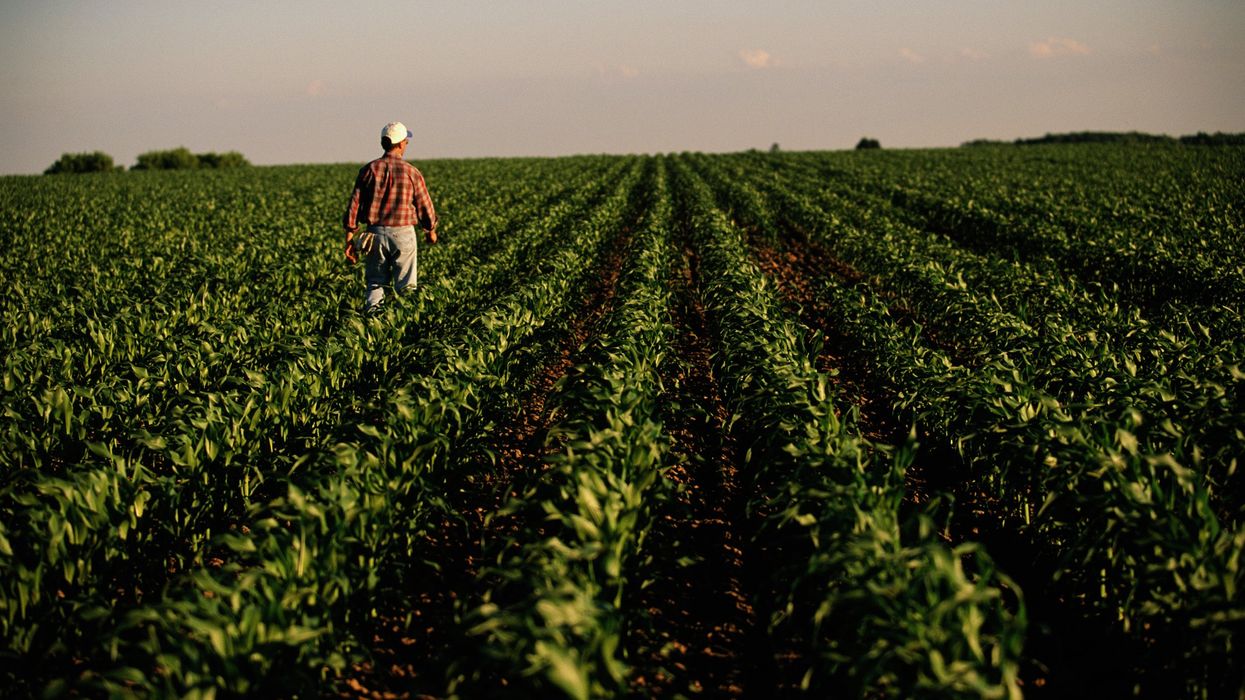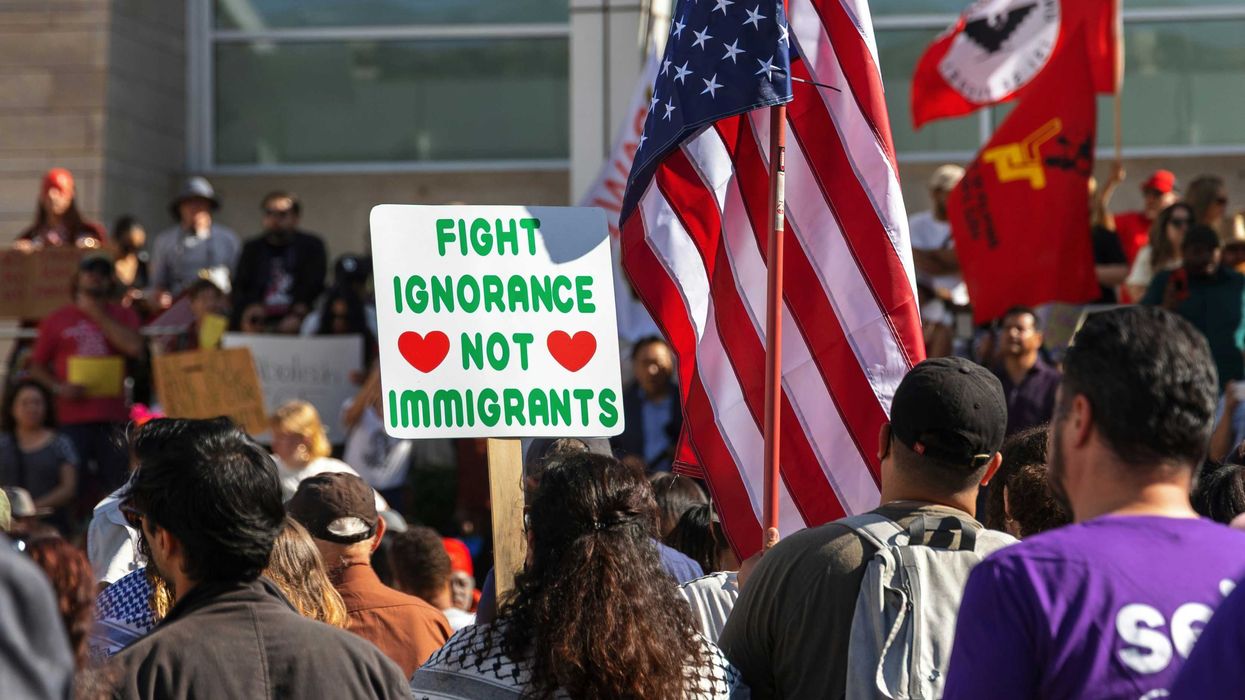WASHINGTON—Members of the House Appropriations Committee questioned USDA Secretary Brooke Rollins last Wednesday over the freezing of $20 billion in federal funds.
President Trump signed several executive orders at the beginning of his term, halting funds that require agriculture officials to review the budget to eliminate waste.
Rollins told Congress the freeze in funds reflected the president’s commitment to “prioritizing food safety, rooting out wasteful spending, restoring federalism by empowering the states to best serve their communities, and above all putting farmers and ranchers first in America.”
Rep. Lauren Underwood, D-Ill., and other Democrats were extremely critical of the freezes in funding.
“They're unacceptable, it's reckless, and as I said in my questioning, it's not saving the taxpayers money,” Underwood said. “It's not making America healthier, and more importantly, it's not supporting small family farmers.”
The freeze has impacted a variety of Agriculture Department initiatives, including disaster relief for farmers. William Dellacamera, a vegetable farmer, traveled from North Branford, Connecticut, to attend the hearing. He’s one of many farmers who have felt the sting of the funding freezes.
Last August, his vegetables were destroyed in a hailstorm. The department’s insurance only covered $200,000 of his $600,000 in losses. Dellacamera drove his tractor all the way down to Washington from Connecticut to meet with his congresswoman, Rep. Rosa DeLauro, D-Conn. In response, she created the Farm Recovery and Support Block Grant, which then-President Joe Biden signed into law on December 21, 2024. The grant was supposed to provide $220 million in federal aid to help small and medium-sized farmers recover from severe weather events in 2023 and 2024. The Trump administration froze this grant money, along with billions of dollars in other agriculture initiatives, before Dellacamera was able to receive funds.
“We're still waiting for the money,” Dellacamera said. “We're almost eight full months out, and I can't pay my bills. So that's why I came down here.”
When testifying before the Senate Appropriations Committee on May 6, Rollins said the department had reviewed most of the $20 billion in frozen funding.
“We're down to the final five billion out of, I believe, almost 20 billion of frozen funds,” said Rollins about the remainder of frozen funds still pending review.
When pressed by Rep. DeLauro on Wednesday about whether the disaster relief funding would be distributed to farmers, Rollins said it would begin to flow to farmers by the end of May.
Many representatives claimed in their questioning that the president’s freezing of funds, which were already authorized by Congress, was illegal.
“These are signed agreements, binding contracts between the federal government and farmers where the terms were agreed to, budgets were made, and in some cases, planning or construction even has already begun,” said Rep. Debbie Wasserman Schultz, D-Fla.
According to Dellacamera, many farmers who expected to receive federal funding were required to cover the cost of production up front and would later be audited and reimbursed by the government. Many who depend on federal funds have started work and spent their own money on projects already underway.
“So, you're leaving these farmers in limbo that already started a project that are banking on getting that money back before the growing season starts,” Dellacamera said. ”Now the growing season starts, they don't have the money. How do they afford to do anything?”
Dellacamera said the lack of funds has made this growing season more difficult. He has been forced to finance many purchases of equipment and supplies, such as fertilizer, which often costs more than paying up front.
“I would go out in February and get almost all the supplies I need and buy them and have them on hand at the farm to use,” Dellacamera said. “Now I'm pushed off to piecemeal them and bring them in as I need them. And instead of using my money to buy it, I have to buy it on credit from the company. So, now I have to pay more for that product.”
Dellacamera blames the inadequacies of the current reimbursement programs offered by the Department of Agriculture for why farmers have been so severely impacted by disaster weather events.
“There's programs in place that the USDA offers, but if they didn't make them such bulls– programs, I would be fine right now,” Dellacamera said. “The programs they offer are broken. They're no good.”
Dellacamera was only partially reimbursed for his losses through the Noninsured Disaster Assistance Program (NAP) and through the Department of Agriculture Risk Management Agency.
“You have to have more than a 50% loss [to be reimbursed],” Dellcamera said. “That triggers you to get paid on the 50% of loss… the best you can do is get a quarter of what your value of your crop really is [worth].”
According to Dellacamera, the freezing of funds comes at a time when farmers face heightened economic pressures.
“We have stuff coming at us from every direction now—the tariffs, inflation…payroll has killed us to start with, over the past couple years, and it's only getting worse.”
Dellacamera said the restructuring of the supply chain has also led to farmers losing out on profits.
“The farmers don't make the money,” Dellacamera said. “The middleman, the purveyor, does— the guy buying it from us and bringing it to the stores, and the guy selling it at the store at the final end.”
After the hearing, Rollins continued to defend the freezing of funds.
“I don't believe there were any mistakes,” Rollins told Medill News Service. “Of course, we're constantly evaluating and reassessing, and we will always do that.”
The top Democrat on the subcommittee, Sanford Bishop, D-Ala., criticized the freezing of grants but was optimistic about working with Secretary Rollins.
“I think that there may have been haste in the reviewing of some of the grants, and I think that she acknowledged that they will go back and look at them because they did obviously do it in a hurry, and some of them apparently were not done very thoroughly,” Bishop said. “But I think that she seems to be open, and I hope to have a dialogue and to interact and to work with the Secretary.”
While Dellacamera was hopeful that Rollins would be receptive to his concerns, in the past, he had felt largely abandoned by the federal government.
“The most noble profession, the backbone of America—American agriculture, is left to fail because our government has failed them,” Dellacamera said.Khaleel Rahman is a student at Northwestern University.
Correction: An earlier version of this story stated that the hearing occurred "on Wednesday" and Rollins testified "on Tuesday" when these events happened on May 6 and May 7, a week before the story's publication.



















